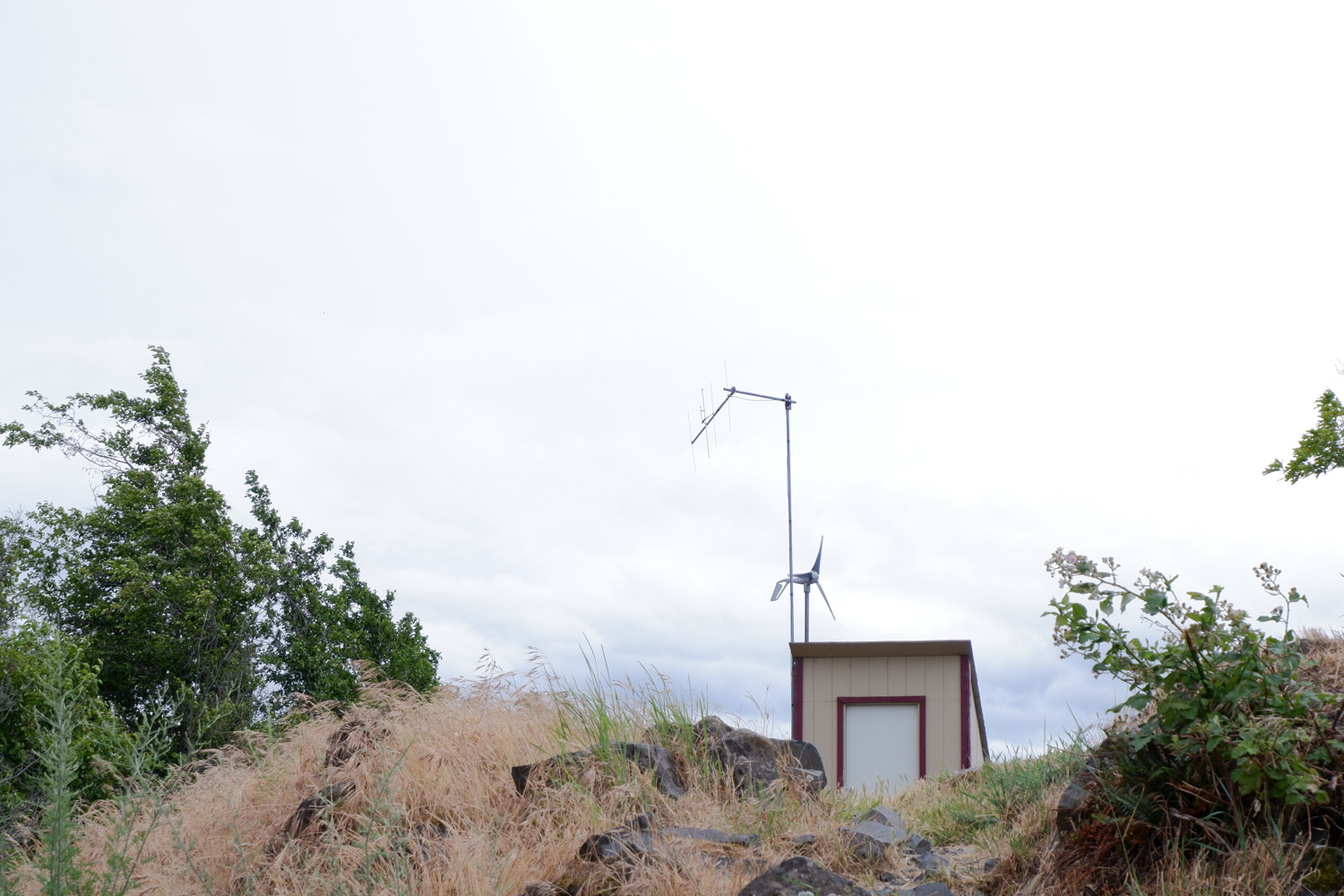- Great design
- Large, high-res screen
- 4K/30 video
- Improved autofocus
- Webcam mode
- No in-body image stabilization
- Continuous AF could be better
The X-T200 is the entry-level camera Fujifilm fans have long deserved, and arguably what the X-T100 should have been. But when I complained about the X-T100’s slow autofocus in my video review in 2018, I took a lot of flack on YouTube.
“Dude what you expect for this camera? This is entry level camera [sic]. Lol,” said one disgruntled viewer.
“OMG be realistic,” said another.
What people seemed to be missing is that autofocus performance matters at least as much on beginner cameras as it does on professional models.
Yes, there are high-end cameras designed specifically for shooting sports that will have autofocus performance above and beyond the rest, but for the most part, a professional or enthusiast photographer is the one who will be taking more time with their exposures — they can afford to be patient. This is why the Hasselblad X1D II 50C can have notoriously slow autofocus, and still cost $5,750.
You can find $8,000-plus Leica rangefinders that have no autofocus at all.
But a casual photographer trying to snap a photo of their kid or dog doesn’t have the luxury of patience. The camera needs to work. Now.
The X-T100 looked even worse after Sony brought its Real-Time autofocus to the entry-level A6100. There is no longer any excuse for an entry-level camera with bad autofocus.

If the X-T100 fumbled, the X-T200 has picked up the ball and started running. It brings back everything I loved about the X-T100 while fixing its biggest problems and adding useful features, like a dirt-simple webcam mode. This is Fujifilm’s best effort yet at making a premium camera for an entry-level customer.
At $600 for the camera body or $700 with a 15-45mm kit lens (tested), it’s also an exceptional value.
Design
It may be an entry-level camera, but the X-T200 is the photographic equivalent of dressing for the job you want, not the job you have. Style continues to be Fujifilm’s primary advantage over rival Sony, and I don’t think that’s a point to be made lightly. The look and feel of a camera can help inspire you to use it, and with all else held equal, why not pick the camera that looks best around your neck?

It isn’t all form over function, either. The multiple command dials, which help lend the camera its retro look, offer plenty of direct-access control but are easily ignored by anyone who finds their presence complicating. Compared to the single-digit X-T cameras, the X-T200 is certainly dumbed down, but you still have dedicated dials for shutter speed and aperture, negating the need for a modifier key as seen on many entry-level cameras, particularly DSLRs.
There is also a function dial on the left shoulder that can be programmed for numerous settings. By default, it cycles through film simulations (color profiles, by any other name), but I found reprograming it to control ISO made it much more useful — and brought it in line with my personal X-T2 which has a dedicated ISO dial in that position.

Compared to the X-T100, it’s mostly business as usual, but there are a few design changes worth noting. The first is the built-in hand grip. Being so small, it’s not the most ergonomic grip in the world, but it helps your hand find a solid purchase on the camera. On the downside, this somewhat ruins the clean lines that gave the X-T100 such a classic, minimalist appearance. That camera came with a screw-on accessory grip.
The 2.36 million-dot electronic viewfinder is unchanged, but that’s pretty solid for this class of camera. The LCD touchscreen, however, is new. It measures 3.5 inches with a resolution of 2.78 million pixels in a 16:9 ratio, making it larger and sharper than the X-T100’s. This screen is shared with the X-T200’s sister camera, the Fujifilm X-A7, and is one of the best I’ve used on an entry-level camera.

On the back of the camera, you’ll find the X-T100’s four-way button cluster has been replaced with an autofocus point selector joystick. While I appreciate its inclusion, I would prefer to have both the joystick and the buttons, but such a setup seems to be reserved for the single-digit X-T cameras. It also would not have fit with the new, wider touchscreen, which also brings a new user interface — again borrowed from the X-A7 — to replace some of the functionality of lost buttons.
However, the X-A7 doesn’t have a viewfinder. With that camera, you’re always staring at the LCD screen, and touch controls, therefore, make more sense; you can see what you need to touch. But when your eye is to X-T200’s viewfinder, you can’t use its touch controls. Physical buttons, which you can navigate by feel, would have worked better.
This is an admittedly small complaint. The X-T200 offers more control than most of its customers will want or need.
Image quality and features
I appreciate the level of control for manual mode, but the truth is most people who buy the X-T200 will probably rely on automatic exposure, at least in the beginning. Fortunately, that also works well.

Fujifilm’s Advanced Scene Recognition Auto mode (denoted by the SR position on the mode dial) is designed to adapt to the scene and subject. I found it did a good job with both focus and exposure, balancing highlights and shadows in a high-contrast scene. Portraits (in this case, selfies — hooray for social distancing) were perfectly exposed.
JPEGs, both in detail and color, look fantastic straight from the camera, which is no surprise from Fujifilm. You can get more from the files if you shoot RAW, but casual photographers won’t be left wanting for sticking with JPEG.

Flipping the screen into selfie position will automatically turn on face- and eye-recognition autofocus in any exposure mode (you can also turn this on for non-selfies within the menu system). It worked very well, with the focus box staying glued to my eye or face even when I moved the camera around quickly.
While it performed admirably for single shots, it’s slightly less reliable for continuous shooting or video when the subject is moving toward or away from the camera. Still, I think performance would be just fine in most real-world situations. The camera shoot at 8 frames per second for roughly 16 RAWs or 25 JPEGs, which is not bad for the class.
There are also numerous sub-modes to the self-timer for triggering the camera based on what it sees. You can set it to take a picture if it sees a face, a smile, a “buddy,” or a group. I couldn’t exactly test the last two, but the face and smile triggers work pretty well, although it didn’t always recognize my smile (maybe it could tell I was faking it). I’m also not sure how useful it is to trip the shutter the moment a face appears in the frame, but maybe you’ll find a use for it.
More impressively, a number of advanced features are included that I wouldn’t expect on a camera this level, like both interval shooting and in-camera time-lapse movies. There’s also an advanced exposure bracketing mode that lets you set up to seven exposures with steps ranging from 1/3 to 3 stops. There is even a commander mode for the built-in flash, enabling wireless control of remote flashes.
These are not features the beginner photographer is likely going to bother with, but it’s nice Fujifilm included them. It means you should get plenty of use out of the X-T200 for some time to come.
Video
Now offering real 4K at 24 or 30 frames per second, the X-T200 is actually good for video. The X-T100 offered 4K, but only at 15 fps, making it basically useless.
And that’s not all. The X-T200 can also shoot Full HD at 120 fps for slow-motion playback. Clean HDMI output — albeit without 10-bit color or the flat F-log profile of higher-end Fujis — makes it suitable for use as a webcam. A high dynamic range (HDR) movie mode helps preserve color and detail in high contrast scenes, although it is limited to 1080p.
There’s still no sensor-shift stabilization, but the optical stabilization in the kit lens works decently for video. There are also two forms of digital stabilization, called Digital Image Stabilizer and Digital Gimbal. The latter is the more extreme, but results in a severe crop of the video. In practice, I didn’t find either to be that useful — but perhaps with a nonstabilized lens, standard digital stabilization would help. Unless you’re filming while running, I would avoid the Digital Gimbal as it sacrifices too much resolution.
For reasons I don’t understand, the lowest available ISO in movie mode is 400 — compared to 200 for stills — which may be problematic for shooting outside in direct sunlight. But you can at least shoot video in full manual exposure by turning the mode dial to M, then pressing the dedicated record start/stop button. If you instead rotate the mode dial to the red movie mode icon, you’ll be limited to automatic exposure.
Webcam mode
We’ve seen webcam functionality become increasingly important in the wake of the current coronavirus pandemic as more people work from home and rely on videoconferencing in place of in-person meetings. The increased demand for improved video quality has led to shortages of HDMI to USB adapters, like the Elgato Camlink. Camera companies have rushed to offer their own solutions for customers wondering how to use a dedicated camera as a webcam, and Fujifilm was one of the first to do this with its Webcam X software.
However, just a week after this review initially published, Fujifilm announced firmware version 1.10 for the X-T200 that adds native USB webcam support, no software required (the X-A7 was also updated with the same functionality). The firmware update adds a new option to the USB Mode selection within the Connection Setting menu, simply called “USB Webcam.” When activated, the X-T200 will show up as a webcam in supported apps when connected to a computer, on both MacOS and Windows, without the need for a driver.
I tested it out in Zoom, FaceTime, and QuickTime on MacOS and it worked without a hitch, offering greatly improved video quality with naturally out-of-focus backgrounds, better color, and much better dynamic range compared to the built-in webcam. Autofocus responded quickly and kept my face and eyes sharp even when I moved closer or farther away, and I also appreciated being able to zoom the lens in and out to get the perfect framing.
One thing to keep in mind is that only the video signal is passed through USB, not audio. You’ll still need to rely on your computer, headset, or standalone USB microphone for audio, but in my testing, audio from the built-in mic on my MacBook Air appeared to stay perfectly in sync with the video feed from the X-T200. There may be a delay of a couple of frames, but it’s certainly not enough to notice.
The other “downside” is that USB Webcam mode locks the camera into auto exposure and autofocus (with eye-detection enabled). It also forces the film simulation to Provia (standard). You can use exposure compensation, but if you want to manually set the aperture, shutter speed, or ISO — or choose a more creative color profile — you’re out of luck. For people who just need basic webcam functionality, this is a non-issue. Those demanding more control, like for professional livestreaming, will sill need something like the Blackmagic Design ATEM Mini Pro.
Despite its limitations, I’m pleased to see Fujifilm has responded so quickly to changes in customer needs and delivered a simple and free solution that makes the X-T200 even more valuable. I hope Fujifilm finds a way to bring webcam mode to additional cameras, as it’s a feature more and more people could benefit from today.
Our take
The X-T200 is exactly the camera it needs to be. While its performance may be imperfect, it’s far above the frustrating-to-use X-T100. It’s a capable and elegant machine for the casual photographer, sized perfectly for travel, with a webcam mode that makes it equally useful when you’re stuck at home.
Enthusiasts may want to save up for the X-T30, which sits between the X-T200 and the flagship-level X-T3 and X-T4, but I was still pleasantly surprised by the wealth of advanced features included in the X-T200. Not only is this a great first camera for beginners, but it also provides ample room to grow into for anyone who aspires to turn their photographic hobby into a passion.
Is there a better alternative?
The Sony A6100 is the obvious comparison. It’s the winner when it comes to autofocus, but otherwise, the X-T200 is the nicer camera to use. The Sony’s screen, at 3 inches and less than a million pixels, is much less detailed. It’s the same story for the EVF, which has just 1.44 million pixels. The X-T200 just feels like a more premium product, even if it doesn’t outperform the A6100.
How long will it last?
Unlike the X-T100, the X-T200 is positioned to last for several years. From a specifications standpoint, I don’t see a lot a room for meaningful improvements beyond small refinements and continued autofocus tweaks.
Should you buy it?
Yes. For most people, the X-T200 is all the camera you need — but I would recommend investing in some better lenses.
Updated June 22 to include impressions of USB webcam functionality added in firmware version 1.10.

















